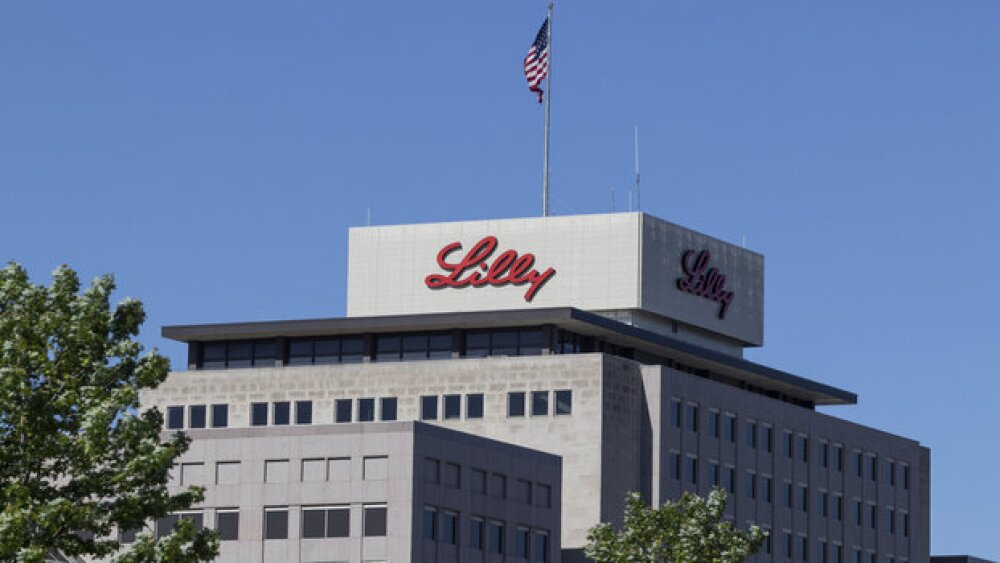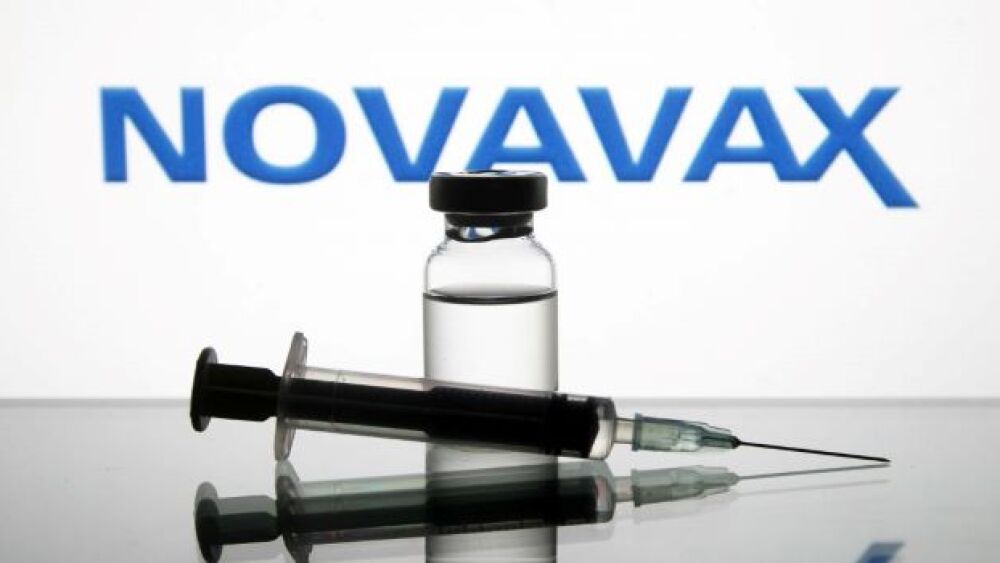Eli Lilly’s investment in the LEAP Research and Innovation District in Lebanon, Indiana, has now jumped to more than $13 billion.
Eli Lilly on Wednesday unveiled its newest round of investments in its home state of Indiana—a $4.5 billion commitment to construct a new facility that will house research and manufacturing in a single location.
Lilly claims the center will be a “first-ever facility of its kind,” with “the ability to research new ways of producing medicines” while “also scaling up manufacturing of medicines for clinical trials.” Dubbed the Lilly Medicine Foundry, the site is expected to open in late 2027 in Lebanon, Indiana, and will employ around 400 new engineers, scientists, lab technicians and operations personnel once fully operational.
CEO David Ricks in a statement said that the Lilly Medicine Foundry will “support our growing pipeline” of investigational therapies “for the toughest diseases,” noting that the new facility will also “further strengthen our process development and scale up our manufacturing capabilities to speed delivery of next-generation medicines around the world.”
To supplement Lilly’s efforts in Indiana, the local government will also provide support including infrastructure improvements for roads, electricity, water and other utilities. The state has also offered “economic incentives” in accordance with the pharma’s investments and employment progress in Lebanon, according to the announcement.
Wednesday’s $4.5 billion commitment brings Lilly’s investment total in Lebanon to more than $13 billion. These projects include a $2.1 billion injection in May 2022 to construct two manufacturing sites, which received an additional $1.6 billion bump in April 2023, as well as a $5.3 billion investment specifically earmarked for the manufacturing of the company’s blockbuster diabetes and obesity drugs.
Outside of Indiana, Lilly in April 2024 also opened a new R&D site in Boston, dubbed the Lilly Seaport Innovation Center. The center, which adds around 200 staff to the pharma’s headcount, will be focused on developing RNA- and DNA-based therapies, while also deepening the company’s expertise in its priority disease areas including diabetes and obesity.
In those lucrative markets, Lilly is competing with Danish drugmaker Novo Nordisk whose semaglutide brands Ozempic and Wegovy got FDA approvals ahead of Lilly’s Mounjaro and Zepbound. However, Lilly has been gaining ground in terms of supply, efficacy and market share.
According to the FDA’s database, all doses of Mounjaro and Zepbound are no longer in shortage, while the lowest strength of Wegovy still has limited availability. Meanwhile, a July study published in JAMA Internal Medicine found that patients on Mounjaro dropped 2.4% more weight at three months of treatment versus Ozempic—a lead that only widened through six and 12 months.
In addition, second-quarter earnings reported in August by Novo and Lilly revealed that the competition between the pharma giants’ weight-loss drugs Wegovy and Zepbound is getting closer.






